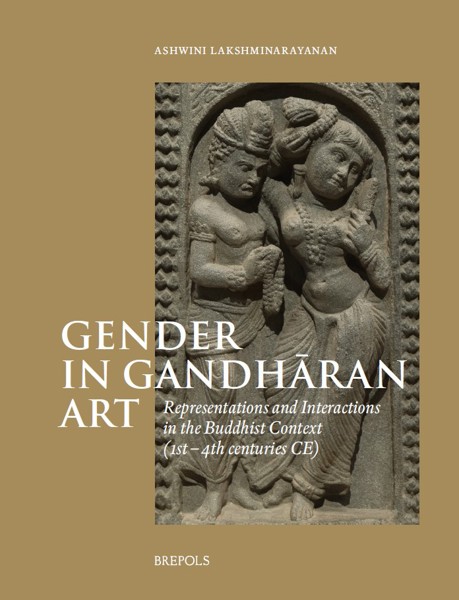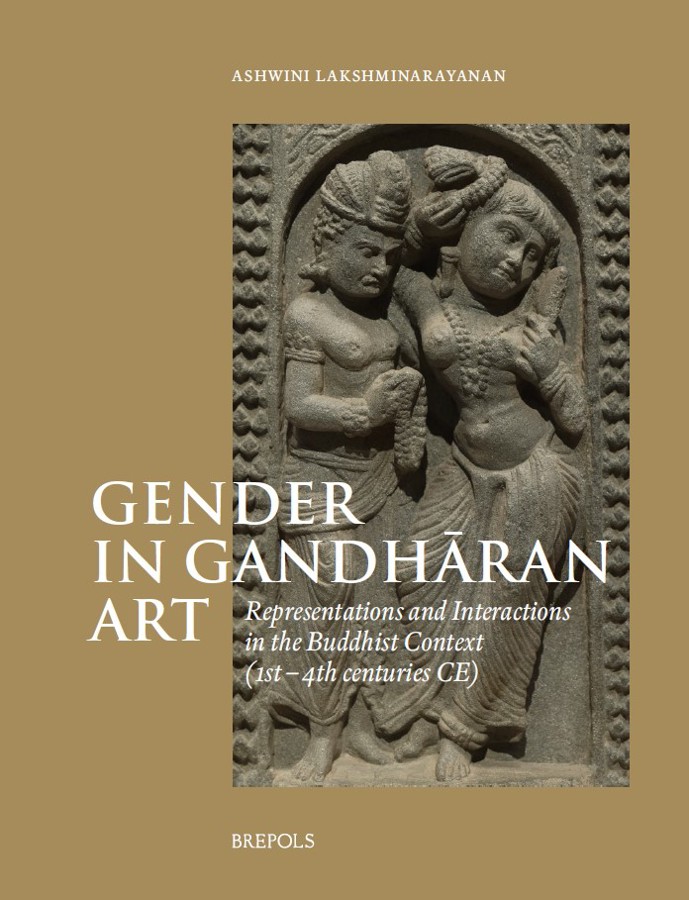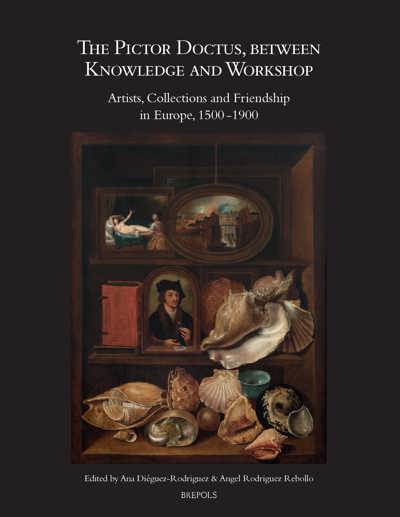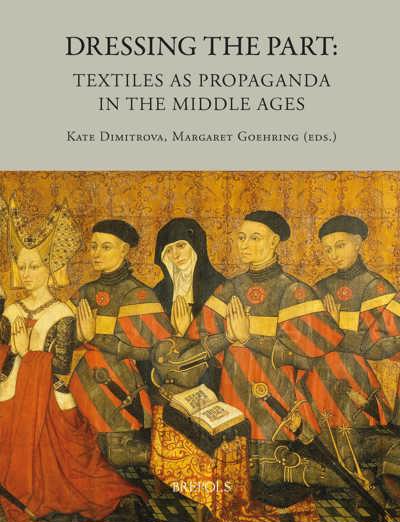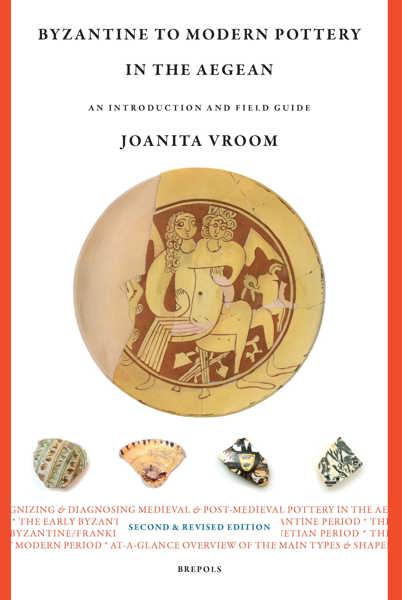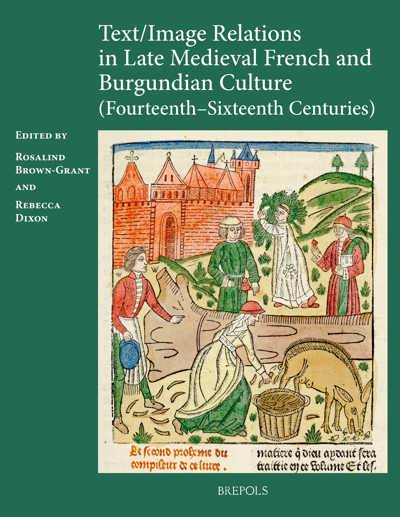
Gender in Gandhāran Art
Representations and Interactions in the Buddhist Context (1st – 4th centuries CE)
Ashwini Lakshminarayanan
- Pages: approx. 260 p.
- Size:216 x 280 mm
- Illustrations:92 col., 3 tables b/w., 4 maps b/w
- Language(s):English
- Publication Year:2024
- € 125,00 EXCL. VAT RETAIL PRICE
- ISBN: 978-2-503-60951-5
- Hardback
- Forthcoming (Jul/24)
- € 125,00 EXCL. VAT RETAIL PRICE
- ISBN: 978-2-503-60952-2
- E-book
- Forthcoming
*How to pre-order?
Timely book on gender and visual culture in a multicultural context
Ashwini Lakshminarayanan is a Marie Skłodowska-Curie Research Fellow at Cardiff University. As a specialist in Classical and Indian art and archaeology, her research focus is on Buddhism, visual culture, and gender in ancient South Asia. Transgressing the traditional boundaries of sources such as ‘text’, ‘image’, and ‘inscription’, her journal articles and book chapters amongst forthcoming publications implement innovative approaches to study multi-cultural interactions and gender in ancient Central and South Asia.
Gandhāran art developed around the first century BCE till the fourth century CE in parts of present-day Afghanistan and Pakistan and has been the focus of intense scholarly debates in both Classical and South Asian Studies for many decades. In this book, Ashwini Lakshminarayan offers, for the first time, a specialized study on gender using Gandhāran visual culture and convincingly proposes new readings that go beyond Eurocentric and postcolonial interpretations. This book sets the stage with a detailed overview of the local context of Gandhāran art by analysing the gendered use of space, and the gender and roles of Buddhist donors. At its core, the book gives prominence to stone reliefs and statues from ancient Gandhāra and examines how male and female bodies are represented, how they interact, and how gender ideals and values were embedded in art.
With an important comparative overview of the Gandhāran artistic production and new illustrations, this work is indispensable for all those interested in the study of gender in ancient art, the interaction between Graeco-Roman and Indic cultures, and the development of the early Buddhist artistic tradition in South and Central Asia that also shaped Buddhist visual culture eastwards in China.
Introduction
Chapter 1: Gandhāra, Gender and the study of Buddhism
Chapter 2 : Political Context
Chapter 3: Gandhāran Buddhist Sites
Chapter 4: Gender and Donors in Gandhāran Buddhism
Chapter 5: Gandhāran visual language on drapery and semi-nudity
Chapter 6: Meaning and Identity of Figures
Chapter 7: Romantic Interludes in the Wedding of Siddhārtha
Chapter 8: Violent Interactions in the Conversion of Aṅgulimāla
Chapter 9: Visualising the Cityscape with Women
Epilogue: Finding a Narrative on Gender
